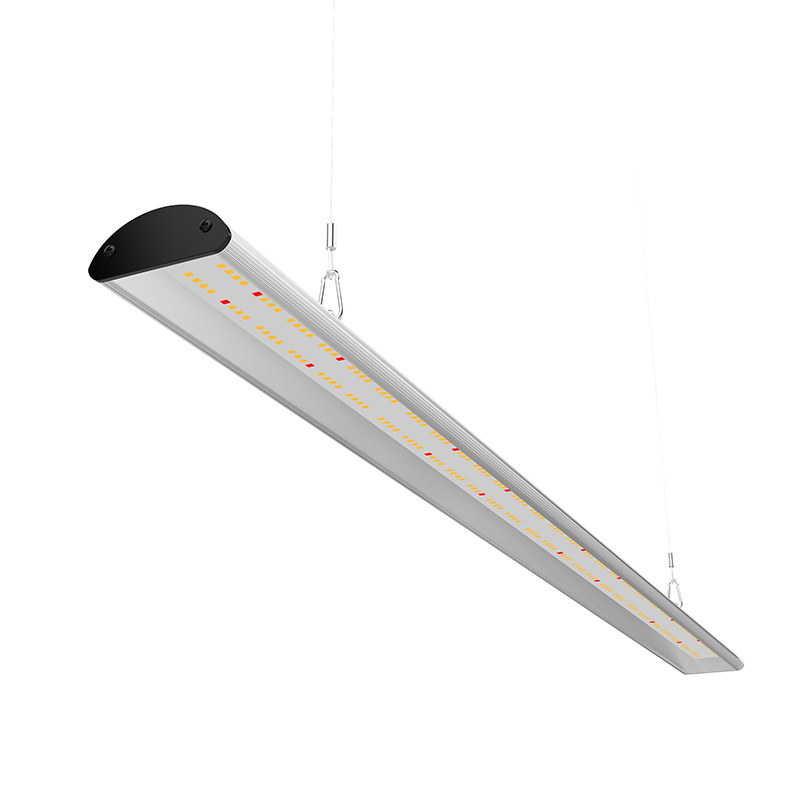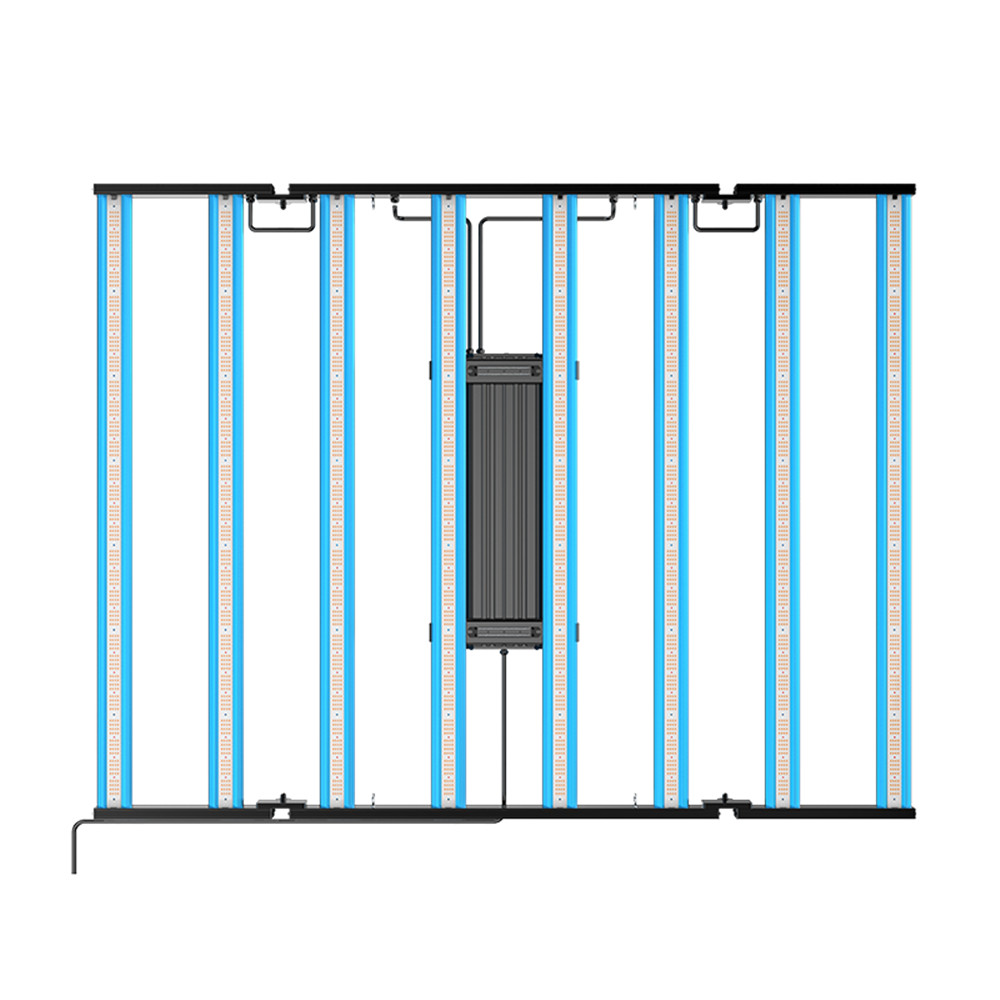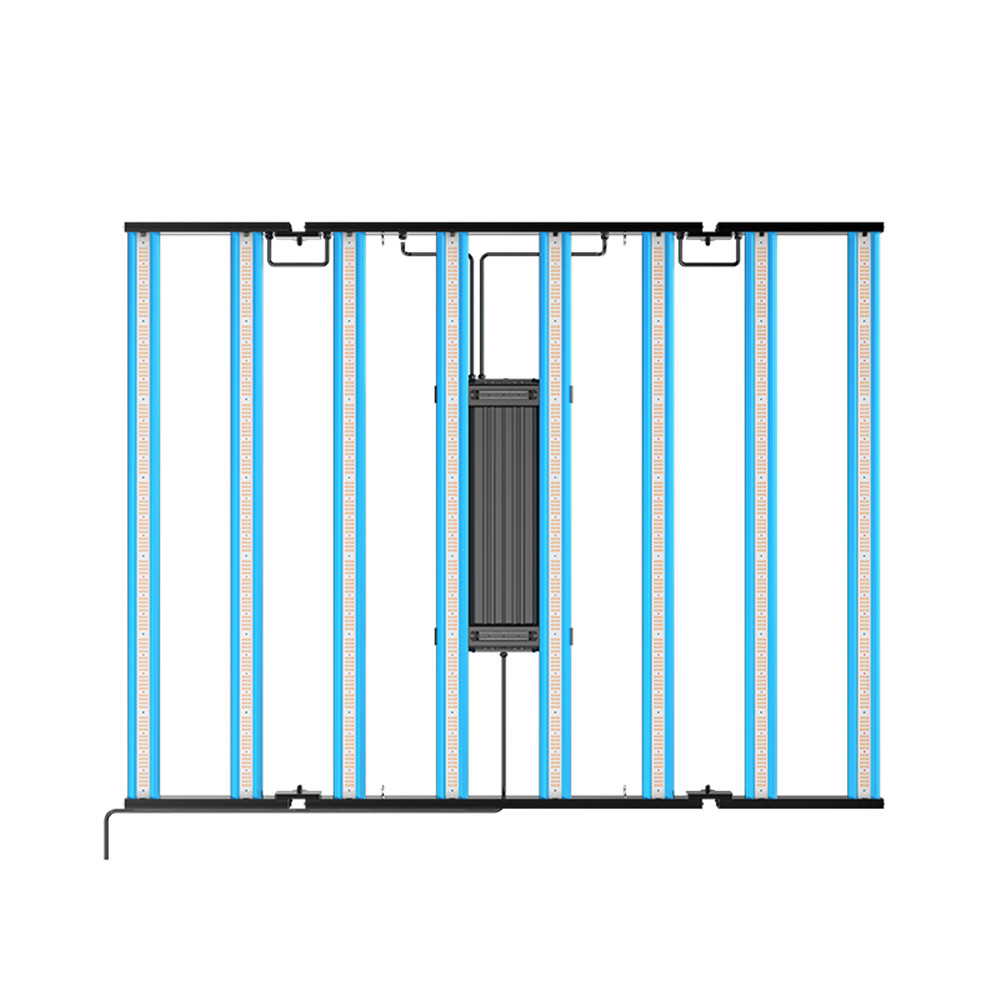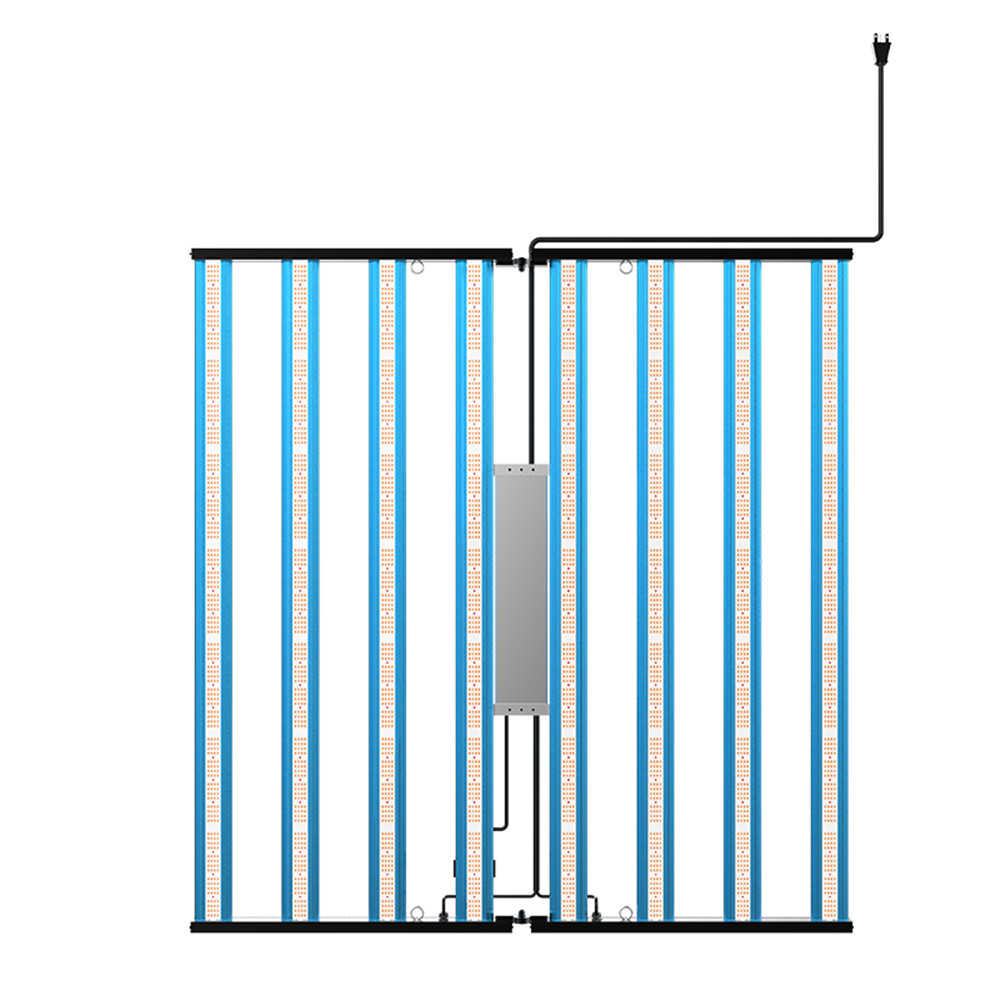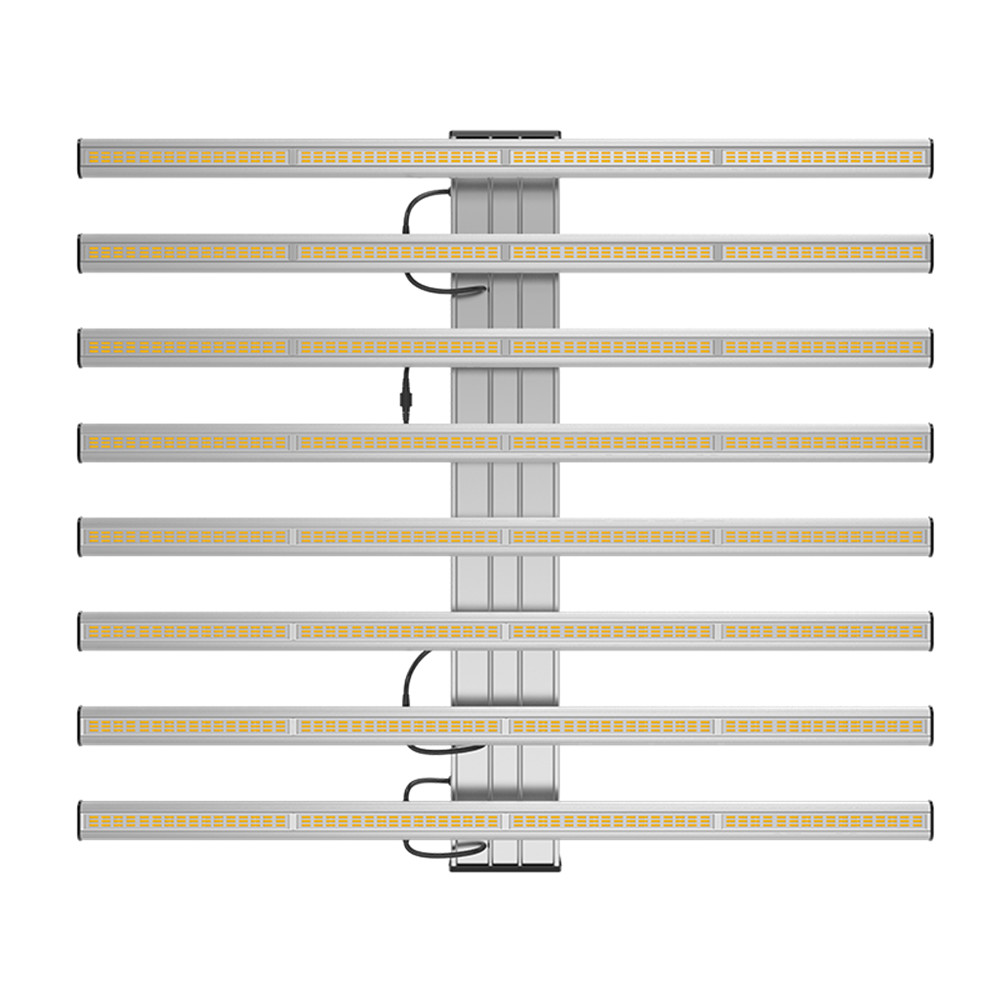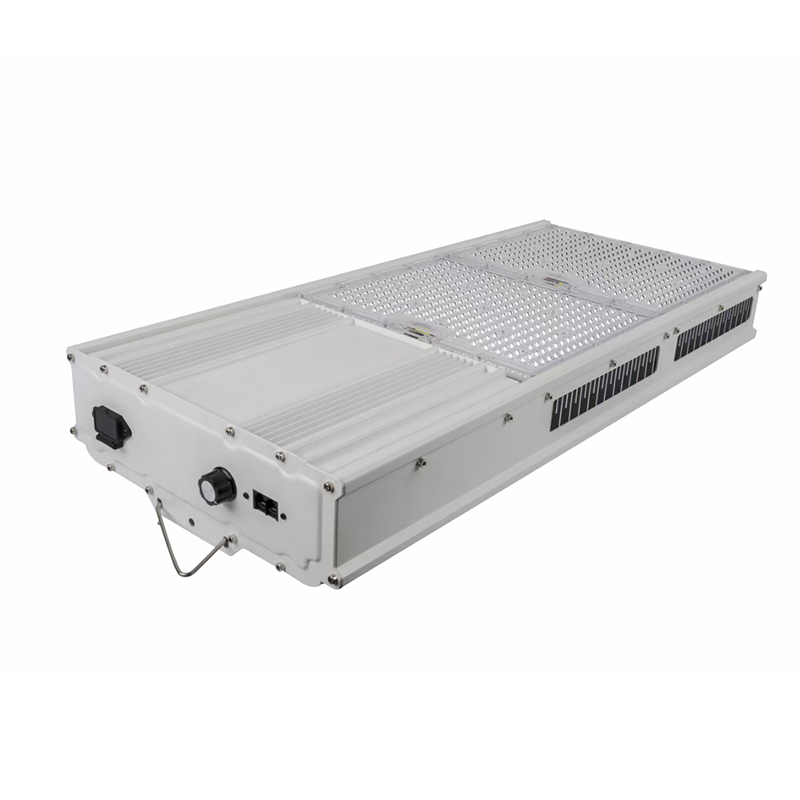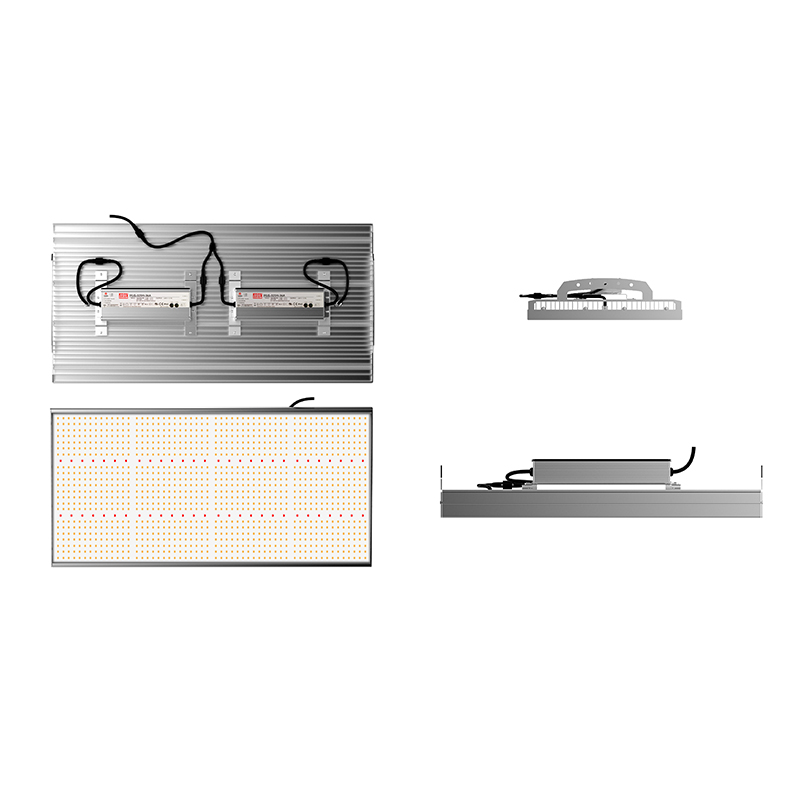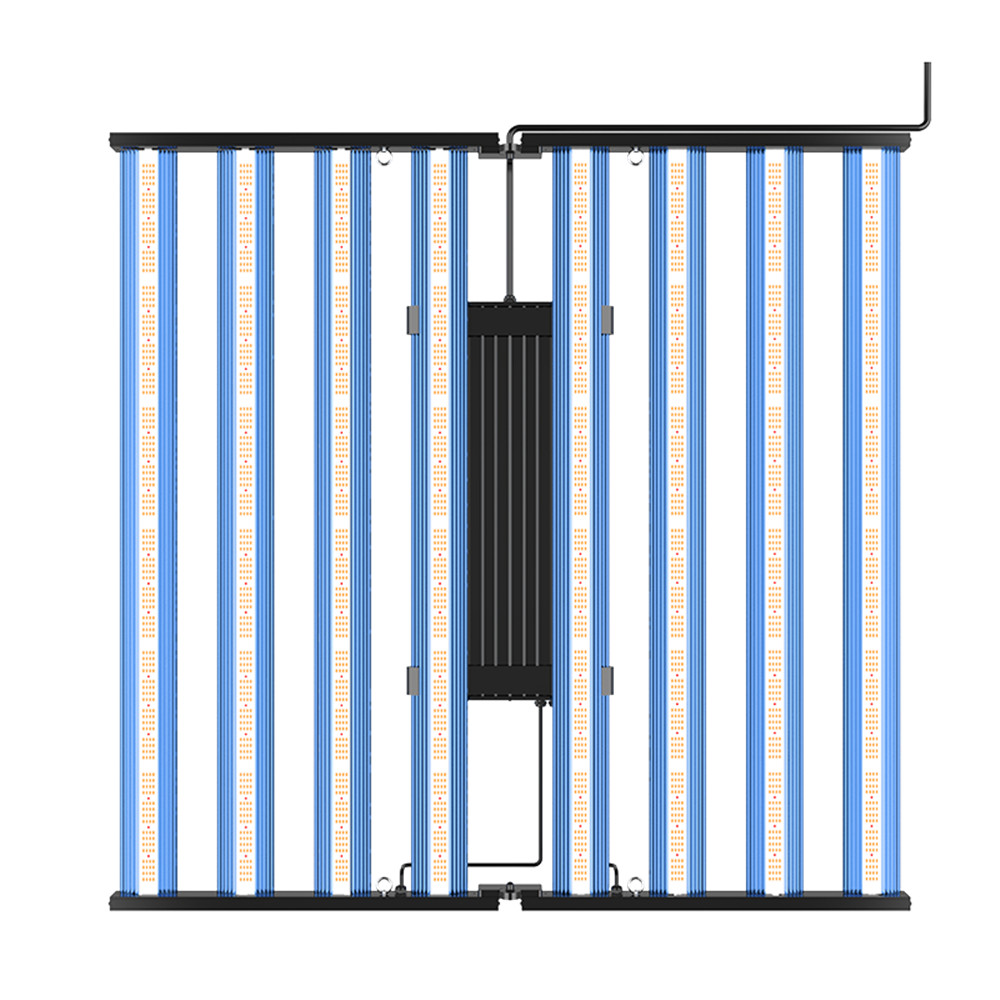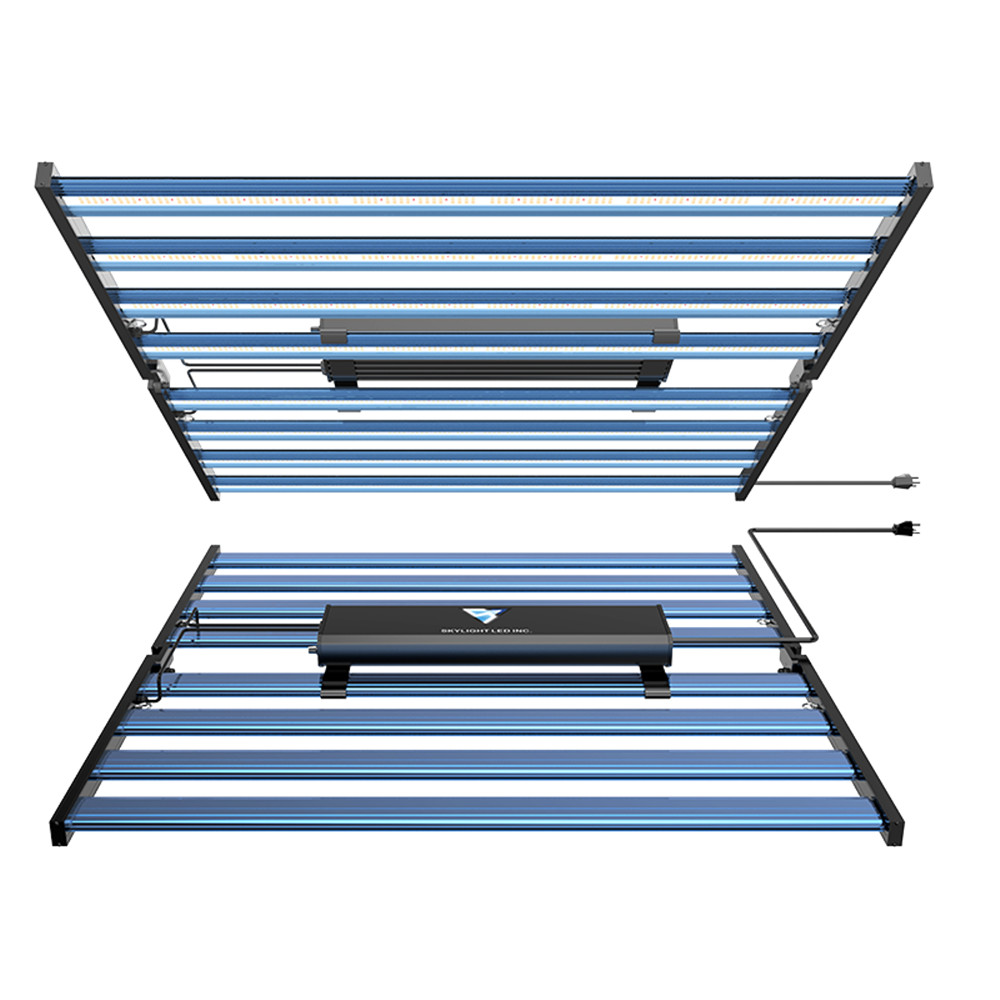- Shenzhen Topline Optoelectronic Co.,LTD
- dilys@ledzeal.com
45W Led Grow Light - China Manufacturers, Factory, Suppliers
At present, the market is mainly used for halogen lamps, T5, LED lamps in fish tanks; The advantages of halogen lamps are good color rendering, full spectrum, and good for the growth of coral plants. Halogen lamps also have definite shortcomings, halogen lamps consume electricity, short life, low luminous efficiency, the most important is easy to produce ultraviolet rays, ultraviolet light referred to as UV. What many people may not know is that UV is divided into UVA and UVB. UVB at most makes people sunburn and tan; Although UVA is weak, it has super penetration, even accounting for more than 95% of ultraviolet rays, which can cause a variety of skin diseases, which is also a problem that many aquarists with children at home are worried about. 45W Led Grow Light, 20000 Lumen Led Grow Light , Led Strip Light Grow , Led Lm301B Grow Light ,Light Rail Grow . In terms of illumination, LED lighting can guide the space, create a pleasing lighting environment, convey the value information of the space, and render the space with light. In terms of color temperature, the cooling and warm feeling of the lighting effect formed by the light source of different color temperature of the LED complements the difference in climatic conditions, and the designer makes the indoor space full and enjoyable through the grasp of the color temperature of the light. In terms of light efficiency, LED lighting can reduce energy consumption (high light efficiency). In addition, LED lighting also does not produce infrared radiation and ultraviolet rays, low temperature, long life, energy saving and other advantages, since this is the case, then why LED lighting is not the darling of indoor lighting? What are its disadvantages? The product will supply to all over the world, such as Europe, America, Australia,Ukraine, Los Angeles,Angola, Tunisia.LED plant lights help shorten the growth cycle of plants, because the light source of this lamp is mainly composed of red and blue light sources, using the most sensitive light band of plants, red light wavelengths use 620-630nm and 640-660nm, blue light wavelengths use 450-460nm and 460-470nm.
Related Products


